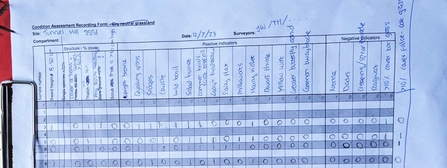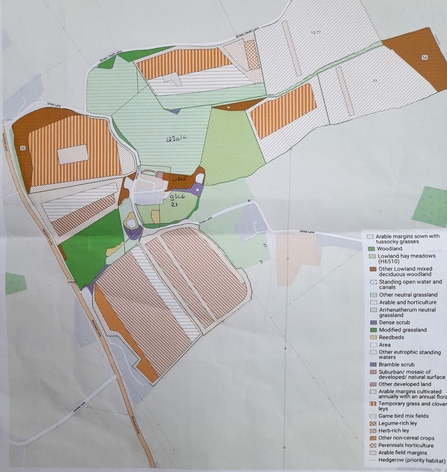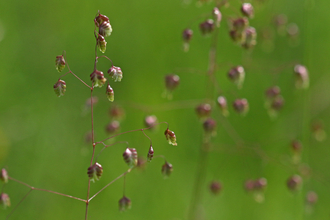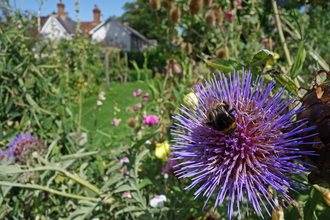I am nearly five months into my training now and that time has flown by! We trainees spend most of our time out on the Trust’s reserves, improving and maintaining the infrastructure and helping to run some of the more complex volunteer tasks, which is all fantastic experience for understanding how a Wildlife Trust functions on a day-to-day basis. We all have additional training goals and one of my personal objectives is to improve my knowledge of Worcestershire’s flora. To achieve this, I have taken advantage of numerous opportunities offered to me.
Back in June, I completed an online course with the Field Studies Council called “Botanical Anatomy”. The aim of the course was to examine the parts of a plant in order to better understand the descriptions in the field guides. It was a deep dive into plant identification and covered features such as the types of leaves, parts of flowers and fruits and seeds. There was also an exercise to dissect and label the parts of a flower of our choice. I thought a creeping buttercup would be very straightforward but, as you see below, it proved to be quite a fiddly task!






